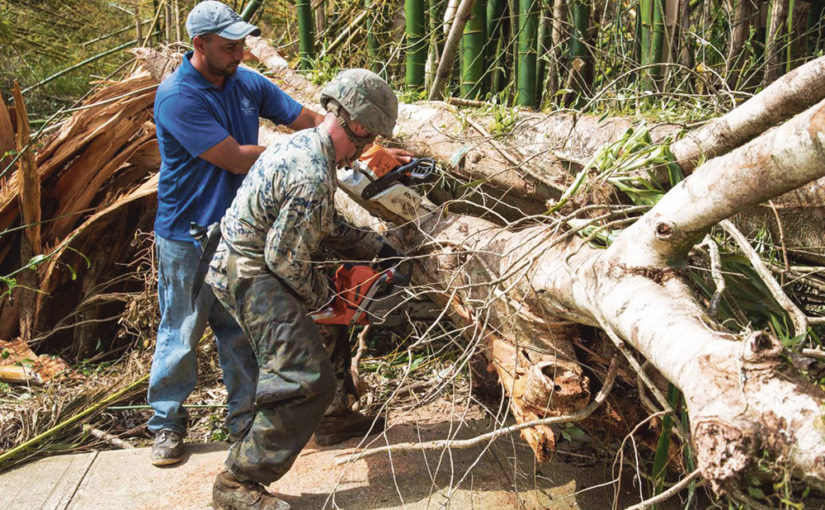It has been two weeks since Hurricane Maria made landfall in Puerto Rico, leaving the U.S. commonwealth on the brink of a humanitarian crisis. The storm destroyed much of the island and left 60 percent without water and almost the entire island without power.
The hurricane knocked out nearly all of Puerto Rico’s electrical grid and most of its cellular service. Roads are damaged, bridges have collapsed and an unknown number of Puerto Ricans are stranded in the hills and hollows of the mountain interior without access to water or food.
The slow recovery efforts by the Federal Emergency Management Agency and the Department of Homeland Security and the shipping restrictions that were blocking aid from entering the island have left Puerto Ricans struggling and disappointed.
In response to comments made by acting Homeland Security Secretary Elaine Duke, San Juan Mayor Carmen Yulín Cruz said, “This is, damn it, this is not a good news story. This is a ‘people are dying’ story. This is a ‘life or death’ story. This is ‘there’s a truckload of stuff that cannot be taken to people’ story. This is a story of a devastation that continues to worsen.”
Last Thursday, President Trump waived shipping restrictions that will allow fuel and supplies to the island. However, due to the devastation, particularly in the rural communities in the center of the island, most of the much needed resources are not reaching the rest of the island. Instead, an estimated total of 10,000 shipping containers sit at the numerous ports of Puerto Rico are unable to be delivered.
Over the past weekend, recovery efforts have stepped up, but have left Puerto Ricans feeling disappointed and frustrated in the slow pace. President Trump visited the island Tuesday to inspect the damage and oversee some of the recovery efforts.
